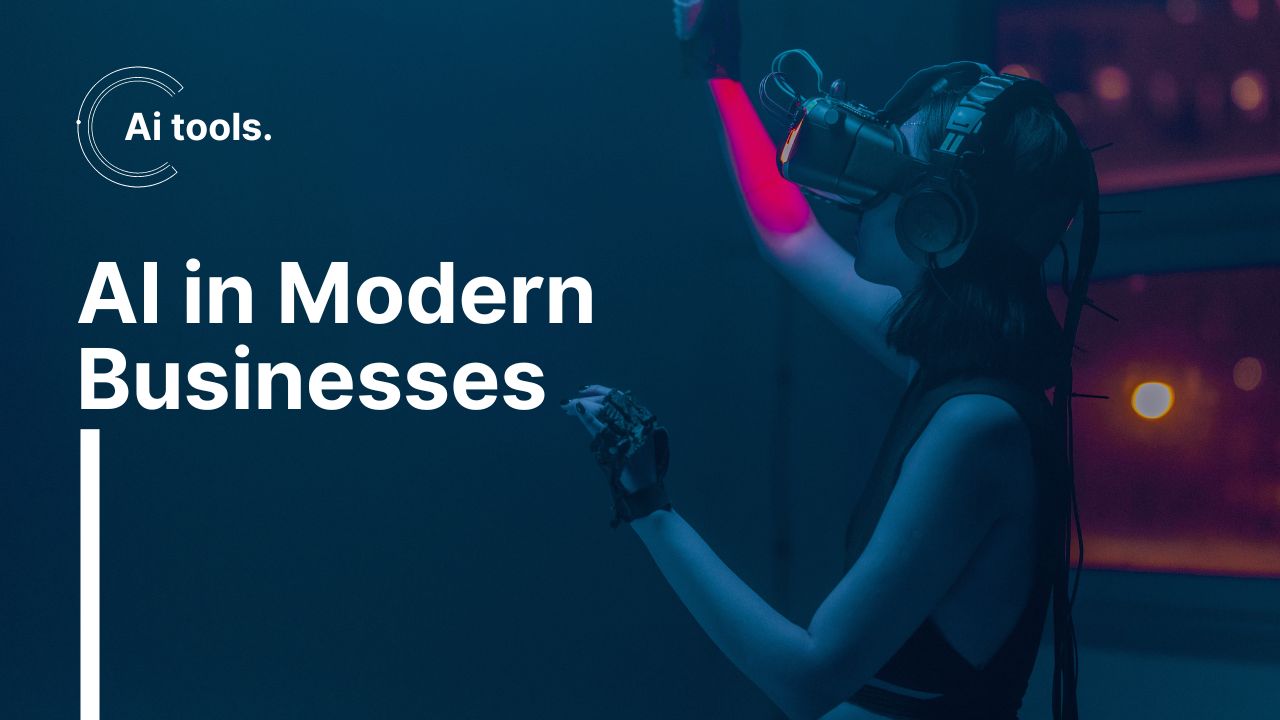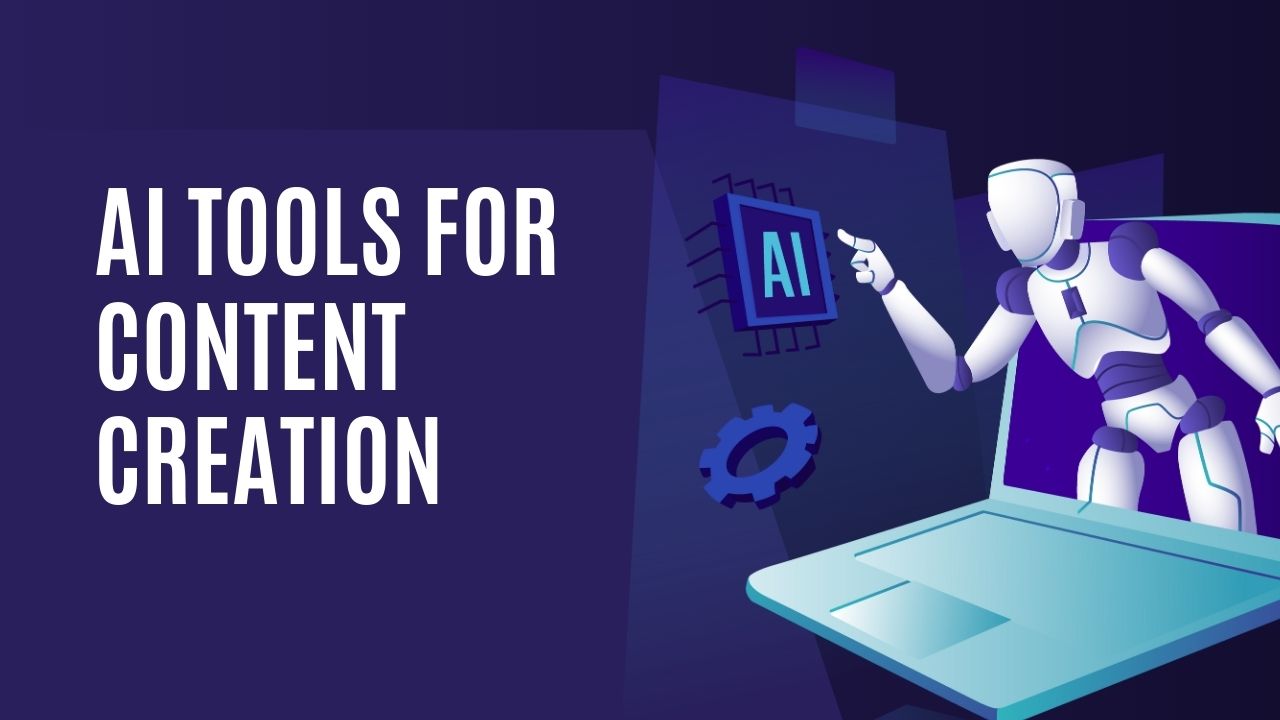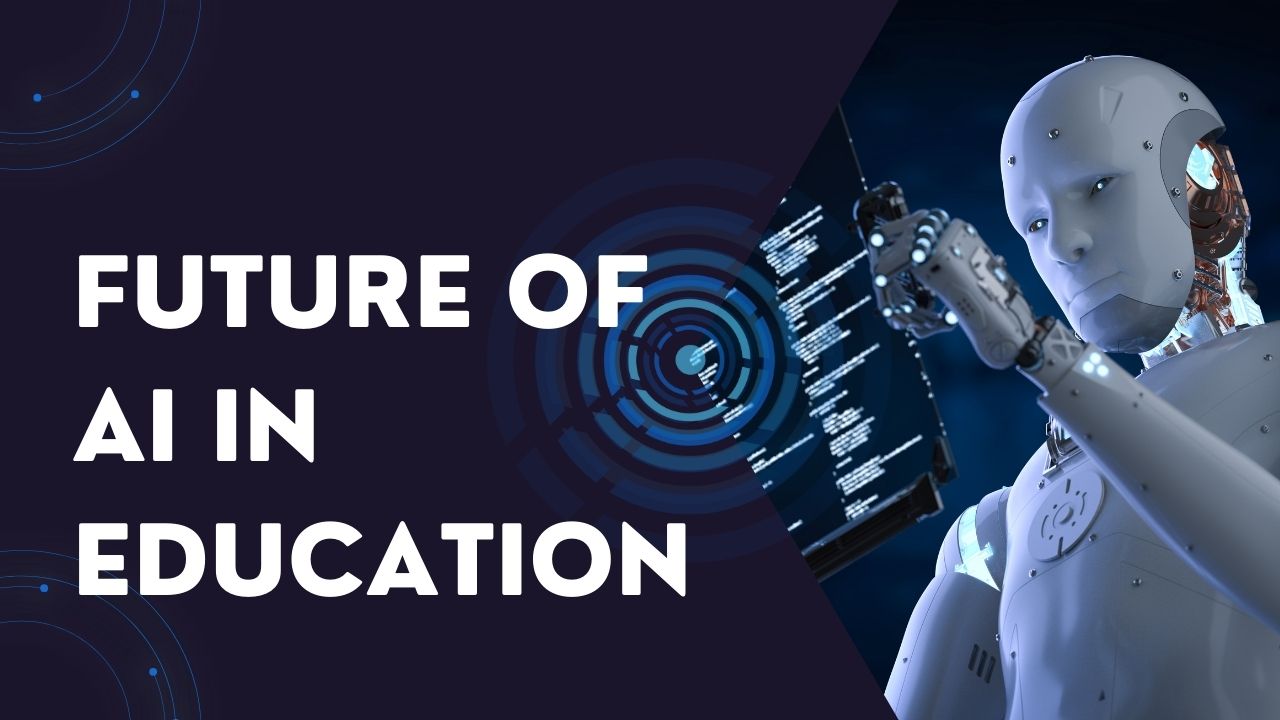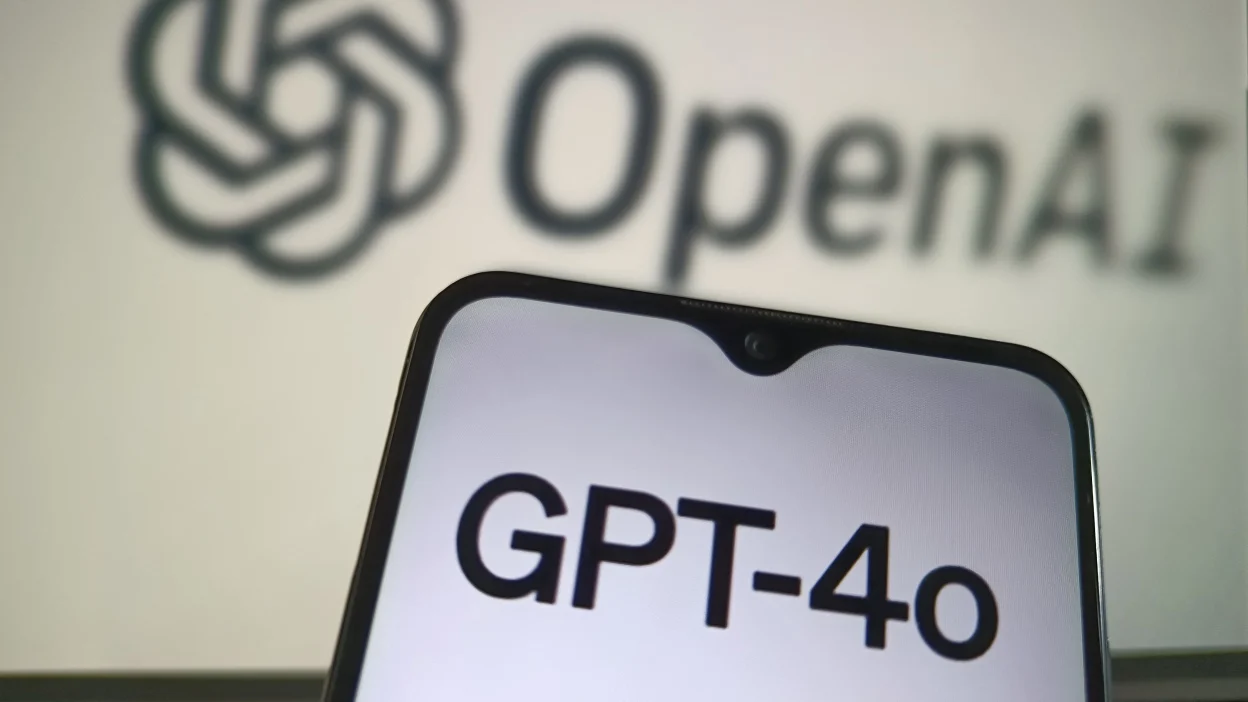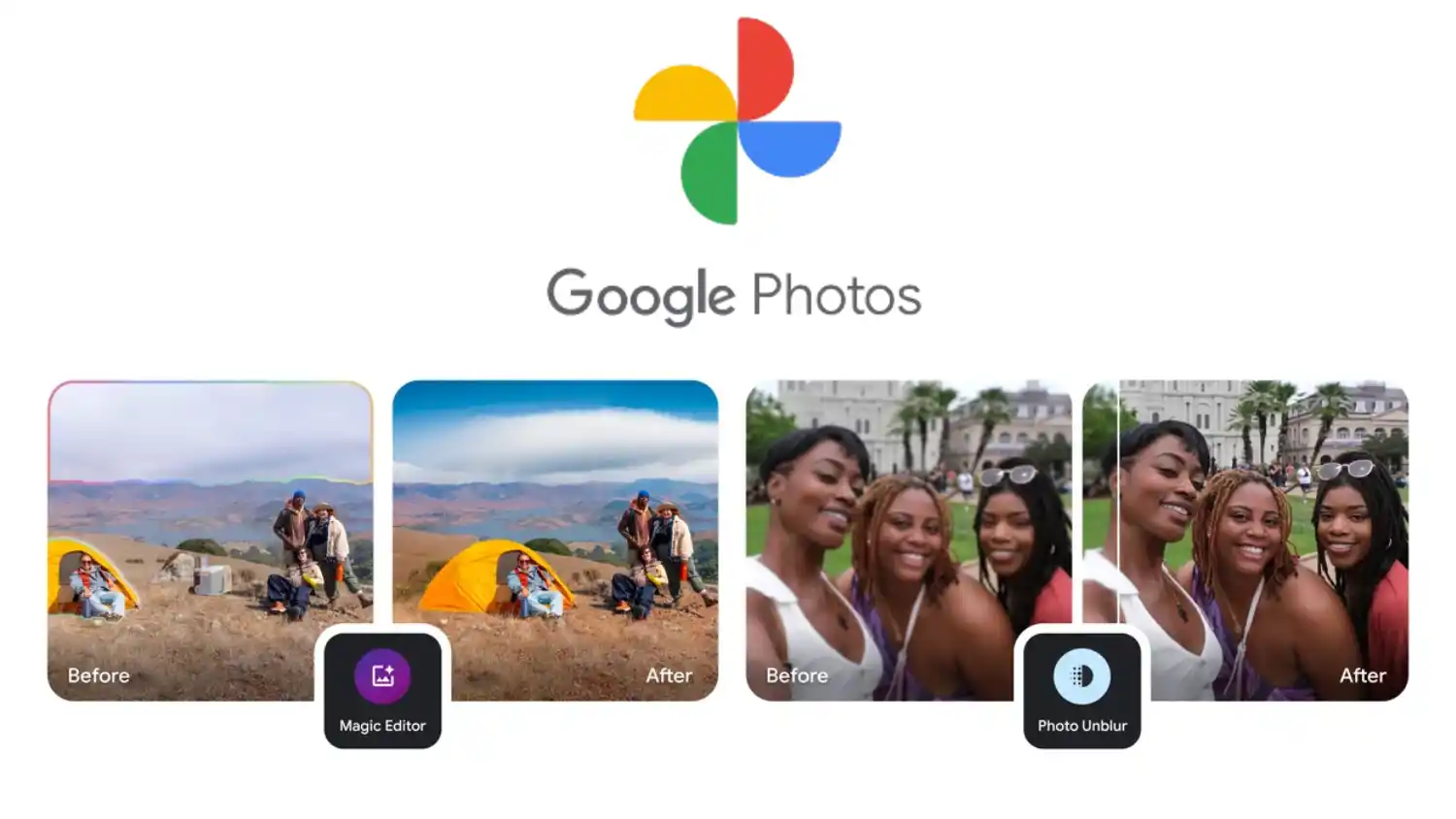As we navigate 2024, AI on job markets is reshaping the professional landscape in unprecedented ways. Imagine a giant wave crashing onto the shore, reshaping everything in its path. That’s what AI is doing to the world of work. It’s not just about robots taking over; it’s about how AI on job markets is changing the way we work and what skills we need. Let’s dive into what’s happening and how you can stay ahead of the curve.
AI’s Growing Influence Across Industries
AI on job markets isn’t a distant dream anymore—it’s here, and it’s making waves across various sectors. Think of it as a new toolkit for businesses.
Healthcare: A New Era of Precision
In healthcare, AI is like having a super-smart assistant. It helps doctors spot diseases earlier with more accurate imaging. No more guessing games. AI’s precision is making a real difference in patient care.
Related Post: Artificial Intelligence in Healthcare: Innovations for 2024
Finance: Predicting the Future
Finance is another area where AI is making a splash. Picture a massive calculator that not only crunches numbers but also learns from them. AI helps banks and financial firms predict market trends and manage risks. It’s like having a crystal ball for financial forecasting. Data scientists are now the wizards who make this magic happen, analyzing data and creating models that keep financial institutions ahead of the game.
Retail: Revolutionizing Customer Experience
Retail is also getting a makeover. AI is changing how stores manage inventory and interact with customers. Imagine walking into a store where the shelves are never empty because AI predicts what you’ll need before you even know you need it. Retailers are scrambling for experts who can set up and manage these AI systems to keep customers happy and stock levels just right.
New Job Roles Created by AI on Job Markets
With AI shaking things up, new job roles are popping up like spring flowers. Here’s a look at some of the most exciting positions that didn’t even exist a few years ago:
AI Ethics Specialist
As AI becomes more involved in our lives, ethical questions are surfacing. AI ethics specialists ensure that these systems are used responsibly. They’re like the referees in the game, making sure the technology doesn’t cross any lines.
Data Scientist and Analyst
If you’ve ever wondered who makes sense of all the data we produce, it’s these folks. Data scientists turn raw data into actionable insights. They’re the ones who can see patterns where others see chaos.
Machine Learning Engineer
These engineers build and refine the algorithms that allow AI to learn and improve. They’re the ones behind the curtain, making sure the AI’s “brain” is sharp and functional.
AI Product Manager
Ever wonder who decides what features an AI product should have? That’s the job of AI product managers. They balance technology and business needs to deliver products that actually meet market demands.
AI Integration Specialist
When a business decides to use AI, these specialists make sure it fits seamlessly with existing systems. They handle the techie stuff so that the AI can work its magic without hiccups.
Essential Skills for the AI Era
To thrive in this AI-dominated job market, you need to sharpen a few key skills. Here’s what to focus on:
Technical Skills
Knowing programming languages like Python or R is crucial. These are the tools of the trade for building and managing AI systems. If you’re fluent in these, you’re already ahead of the game.
Data Analysis
Being able to sift through data and draw meaningful conclusions is a must. Skills in data visualization and predictive modeling will make you indispensable in a data-driven world.
AI Fundamentals
Understanding the basics of AI and machine learning can set you apart. Know how algorithms work, and get familiar with frameworks like TensorFlow and PyTorch. It’s like knowing the rules before you play the game.
Soft Skills
Don’t underestimate the power of adaptability and problem-solving. In a fast-changing environment, these skills will help you stay flexible and navigate new challenges.
Ethical Awareness
As AI grows, so do concerns about its impact. Being knowledgeable about AI ethics and regulations will help you ensure that technology is used responsibly.
Strategies to Stay Ahead
To keep your career on track in this AI-driven world, you’ll need to be proactive. Here are some strategies to keep you ahead of the pack:
Embrace Lifelong Learning
The tech world never sleeps, and neither should your learning. Keep up with online courses, workshops, and certifications. Staying updated is like having a GPS in a constantly changing landscape.
Network Smartly
Connect with professionals and experts in your field. Networking isn’t just about collecting business cards; it’s about learning from others and finding opportunities. Attend industry events and engage in online communities.
Gain Practical Experience
Theory is great, but practice makes perfect. Work on projects, participate in hackathons, and contribute to open-source initiatives. This hands-on experience will boost your resume and give you real-world skills.
Be Adaptable
The only constant is change. Be ready to pivot and adapt as new trends and technologies emerge. Flexibility will be your greatest asset as you navigate an evolving job market.
Innovate
Look for ways to apply AI in creative ways. Whether it’s developing new solutions or improving existing ones, innovation will keep you ahead. It’s not just about keeping up; it’s about leading the charge.
Dealing with Job Displacement
AI’s rise also brings concerns about job displacement. As some roles become automated, others will emerge. Here’s how to tackle the shift:
Seek Reskilling Opportunities
Governments and institutions offer programs for reskilling and career transitions. Take advantage of these resources to learn new skills and explore different career paths.
Leverage Online Resources
Online platforms provide a wealth of learning materials. Courses in AI, data science, and related fields can help you transition to new roles.
Get Career Guidance
Career counselors and mentors can help you navigate job changes. They offer valuable advice on skill development and career planning.
Stay Committed to Learning
The job market is evolving, and so should you. Keep learning and adapting to stay relevant in a rapidly changing world.
Conclusion
AI on job markets is transforming the job landscape in ways we’re just beginning to understand. As we move through 2024, staying informed and adaptable will be key to thriving in this new environment. Embrace the opportunities AI presents, invest in your skills, and prepare for a future where technology and innovation go hand in hand.
From where I stand, having watched the technological landscape evolve, it’s clear that staying ahead of AI trends isn’t just about technical skills. It’s about a proactive approach to career development and being ready to embrace the exciting changes ahead. Whether you’re upskilling or pivoting careers, remember: in this dynamic world, your adaptability and eagerness to learn will set you apart.

